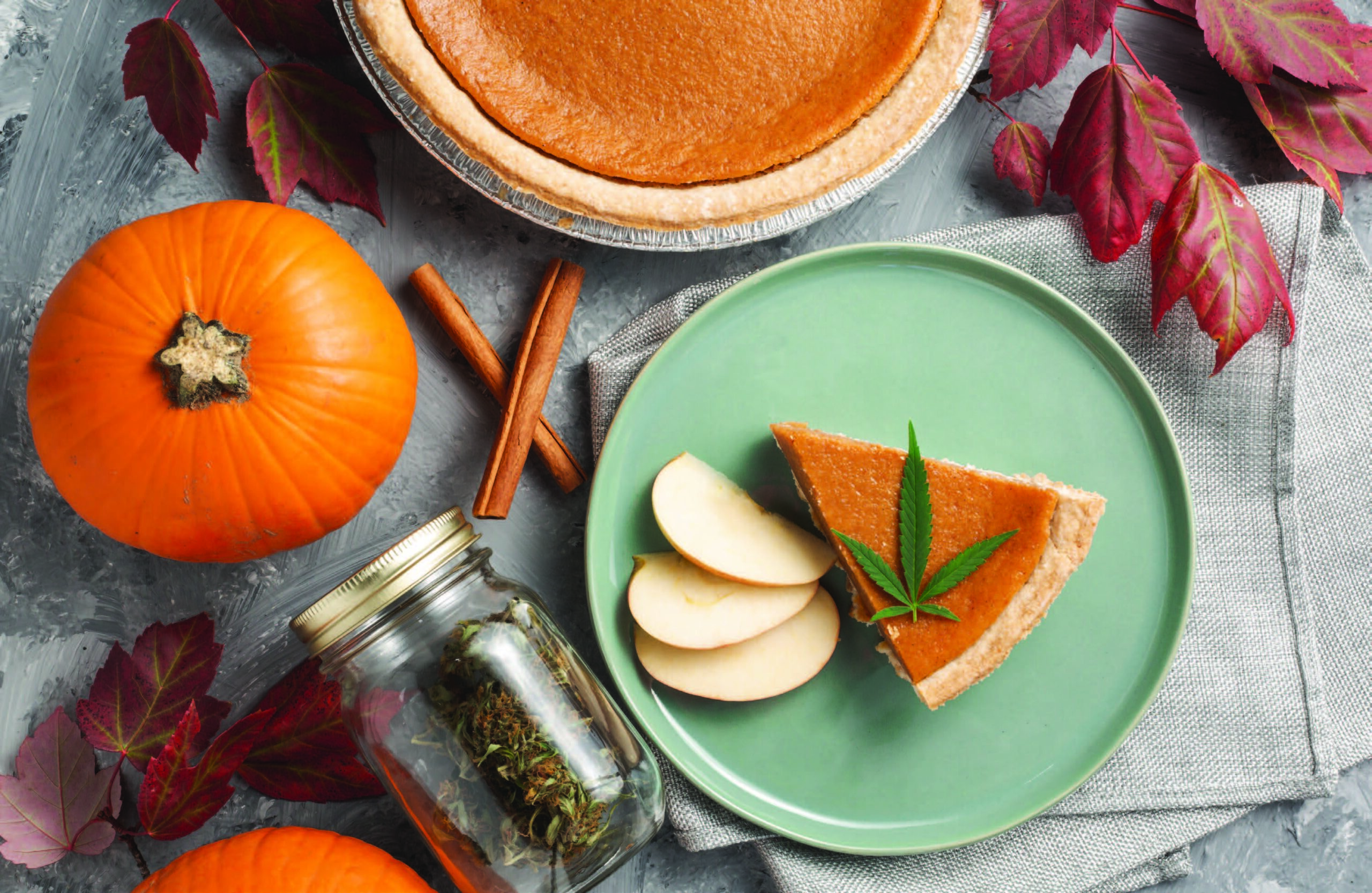It seems like just yesterday I was complaining about the heat and all but buying stock in SPF 75. And now, here we are, deep in autumn’s clutches. I spent last weekend leafing my little heart out, admiring the groves of vibrant aspens along the scenic San Juan Skyway. It hit me that the days are growing shorter, the air is becoming crisper, and a cold front is moving in. Instead of lamenting the loss of summer, I’m embracing one of the most beautiful seasons in southwest Colorado. All you need is a quick walk through Third Avenue or a drive out to Vallecito and you’ll swear that October is your favorite color.
As I was summiting Ophir Pass, I was also saying a silent goodbye to tomatoes, zucchini squash, and sweet corn. I still have one good harvest out in the garden, but that’s it for fresh summer veggies. It’s officially time to move on to the next phase of seasonal eating. If you’re having a hard time getting excited about root vegetables and hearty greens, you may not be alone. Most people don’t eat these vegetables in the summer, but it’s that specific type of seasonality that makes them so much fun. After all, it’s hard to crave the comfort-forward, warming flavors of braised greens, roasted winter squash, beets, turnips, rutabagas, carrots, or potatoes when it’s hot outside.
Many of these vegetables have thicker-than-you-thought-possible rinds to protect them during the long storage season ahead. That allows them to be picked in the fall and cellared until the spring, but it also means you can’t nosh on them raw like a watery summer vegetable. It’s this heartiness and durability that gives winter squash its large, roastable seeds and naturally sweet flesh. They have way more depth of flavor than their summer counterparts, but they’re also a bit more intimidating to cook. You’ll have to caramelize, roast, and glaze your way to a soft, edible bite. But, once you do, you won’t be sorry. They’ll really taste like the season.
I’m already dreaming and scheming of all the exciting fall dishes I can make. Creamy pumpkin chicken enchiladas? Yes, please. Butternut squash gnocchi with sage brown butter sauce? Drooling. Cheesy sausage and kale stuffed acorn squash… roasted kabocha squash carbonara… Texas-style brisket and carnival squash chili… spaghetti squash and meatballs… Someone needs to stop me before we all start eating our newspapers.
So, here’s the lowdown on what to look for and how to prepare almost any winter squash to transform it into your new fall favorite.
Step one: Pick a squash, any squash! Some squashes are starchier than others, lending better to purees as opposed to caramelized pieces. But, for the most part, you can use them interchangeably (with the exception being spaghetti squash, which we’ll talk about in a minute). If you’re planning to make nice, diced pieces for a hash or a sheet pan dinner (or, you want slices for a faux lasagna or an au gratin dish), you’ll need to peel the squash first. I’d recommend a thin-skinned butternut, kabocha, acorn, or carnival squash. Or, look for a delicata squash. This variety is unique because you can eat it with the skin on. Since hubbard squash and pumpkins have super thick skins, I’d definitely recommend these types for making purees and sauces. That allows you to skip the peeling part and roast them in the skin.
Step two: Cut that sucker in half. If you’re peeling your squash, you might find it easier to remove the skin with a peeler or sharp knife before you cut it in half, but that’s up to you. Cutting through the hard exterior may be challenging if you don’t have a super-sharp knife. You can always use a serrated knife with a back-and-forth sawing motion if it feels safer. Once you’ve halved it, scoop out the seeds with a spoon. Don’t throw them away – they make a delicious snack when spiced and roasted.
Step three: Cook ‘em up. If you’re just interested in cooked pulp for a pureed soup or pasta dish, or you’re using the squash half as the serving vessel, this part is easy. Keep the skin on and just rub the cut side with olive oil. Roast the halves (or quarters) cut-side up in a 350-degree oven. Once cooked, scoop the flesh out with a spoon or stuff them with tasty fillings and you’re done! For cut pieces, remove the skin first before dicing or slicing your squash. Then, toss the pieces with oil and spices and cook them on a sheet pan at a hot temperature – around 400 degrees. Finally, for spaghetti squash (which cooks up into noodle-like threads), roast the halves cut-side down in a 350-degree oven. Then, use a fork to scrape the flesh into long strands.
Lindsay D. Mattison is a professional chef and food writer living in Durango. She enjoys long walks in the woods, the simplicity of New York-style cheese pizza, and she’s completely addicted to Chapstick. Contact her at [email protected].












